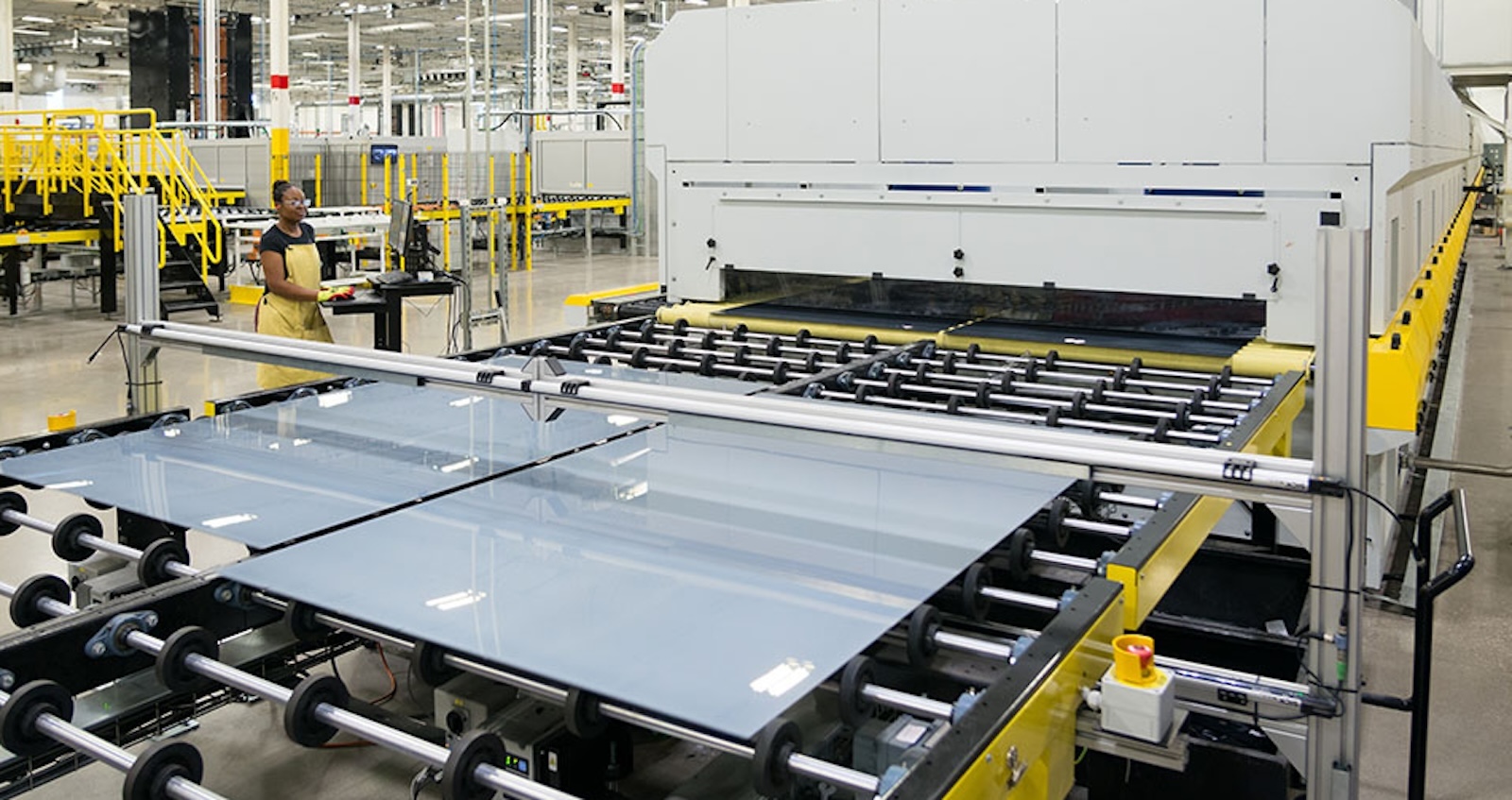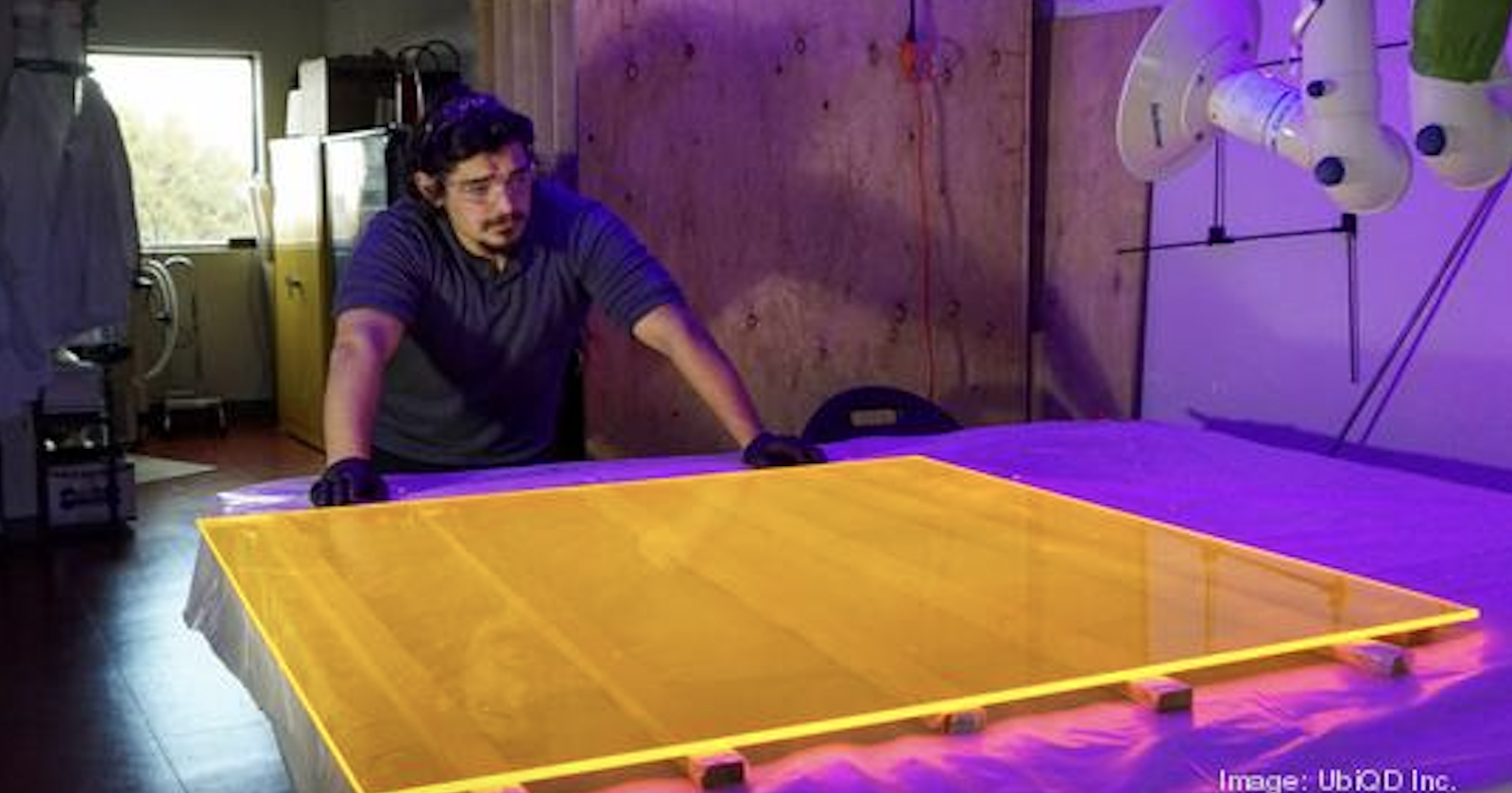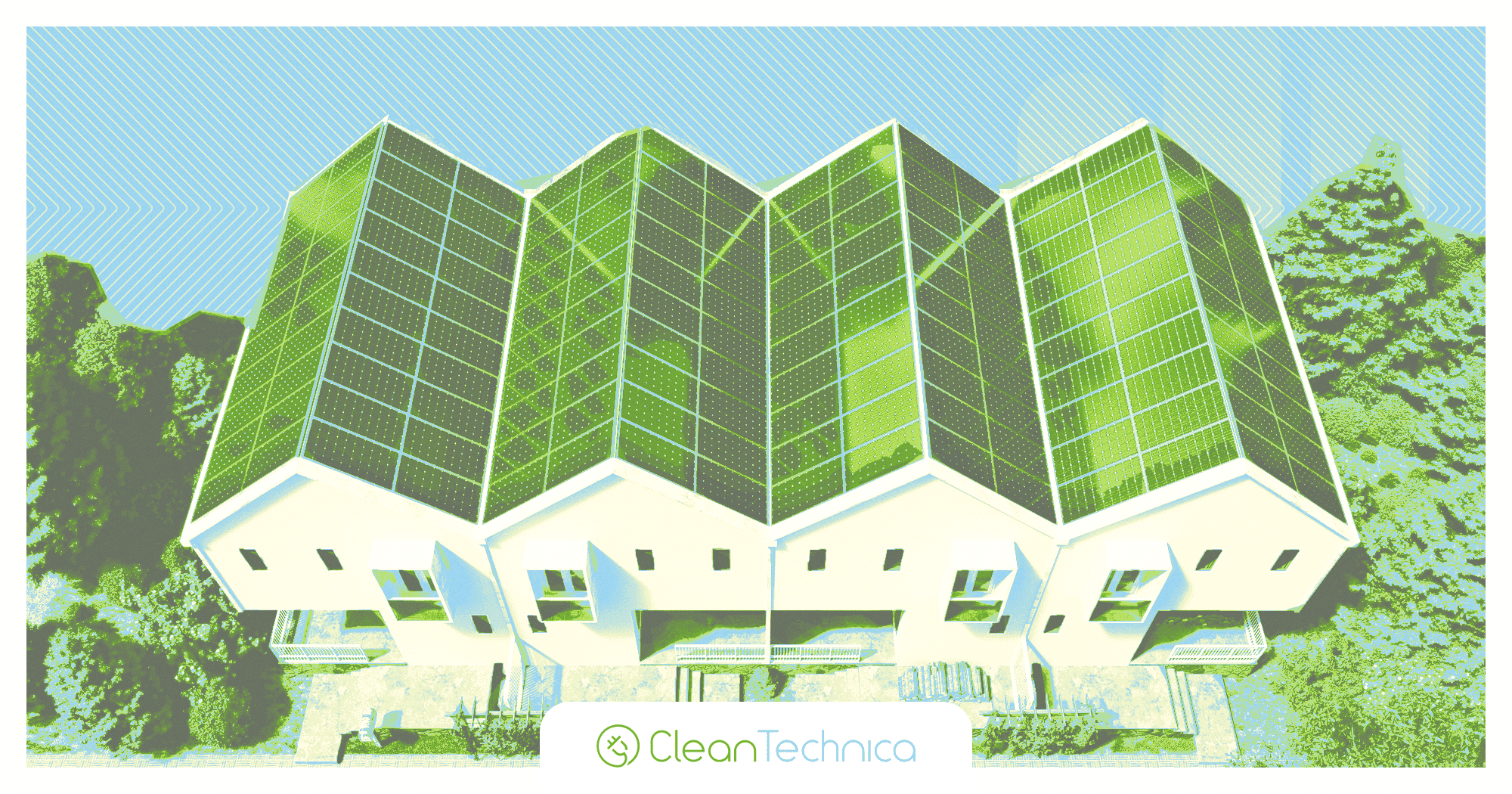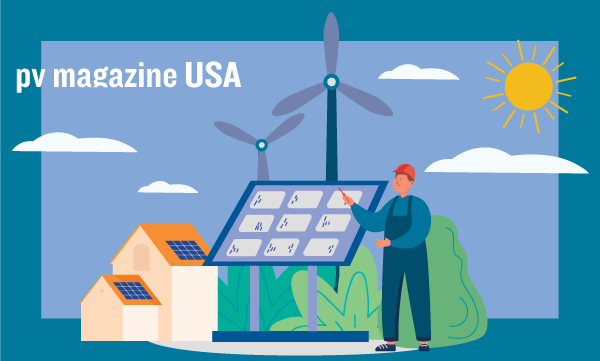Solar panel cleaning: Emerging field in environment, health and safety
Solar asset management traditionally emphasizes the electrical aspects of maintaining solar installations. However, solar panel cleaning is often an overlooked and oversimplified task within the solar industry.
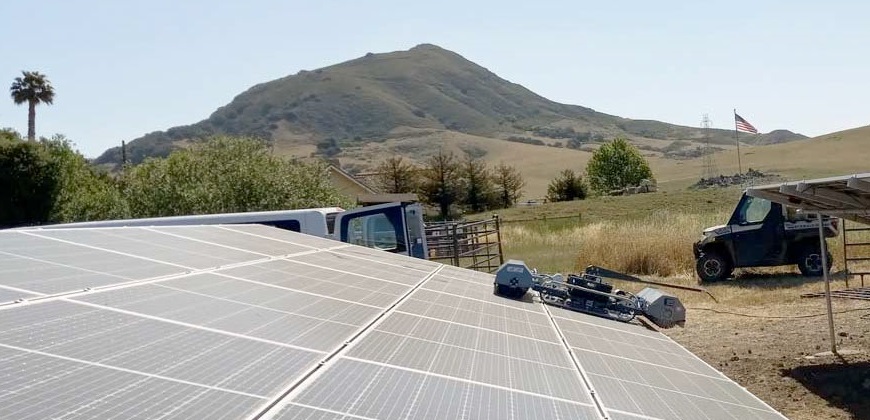
Solar asset management traditionally emphasizes the electrical aspects of maintaining solar installations. However, solar panel cleaning is often an overlooked and oversimplified task within the solar industry.
While solar panel cleaning is typically classified as a “non-electrical” maintenance job, a more accurate designation might be “quasi-electrical.” Solar panel cleaning is a recurring and essential task for all solar installations throughout their operational lifetime. Neglecting proper inspections and thorough job hazard analyses (JHAs) can expose solar panel cleaners to significant electrical risks.
Job hazard concepts
Solar panels are installed near electrical components such as DC connectors, combiner boxes, and inverters. The standard cleaning method involves brushes and water, often applied using specialized machinery. This process frequently places technicians in contact with wet panels and wet grounds. A critical question arises: could a wet, damaged electrical connection pose a hazard to a solar panel cleaner?
Example scenarios
Example 1: A solar panel cleaner stands on a metal roof, operating a cleaning robot that sprays water on panels with electrical wiring or broken glass.
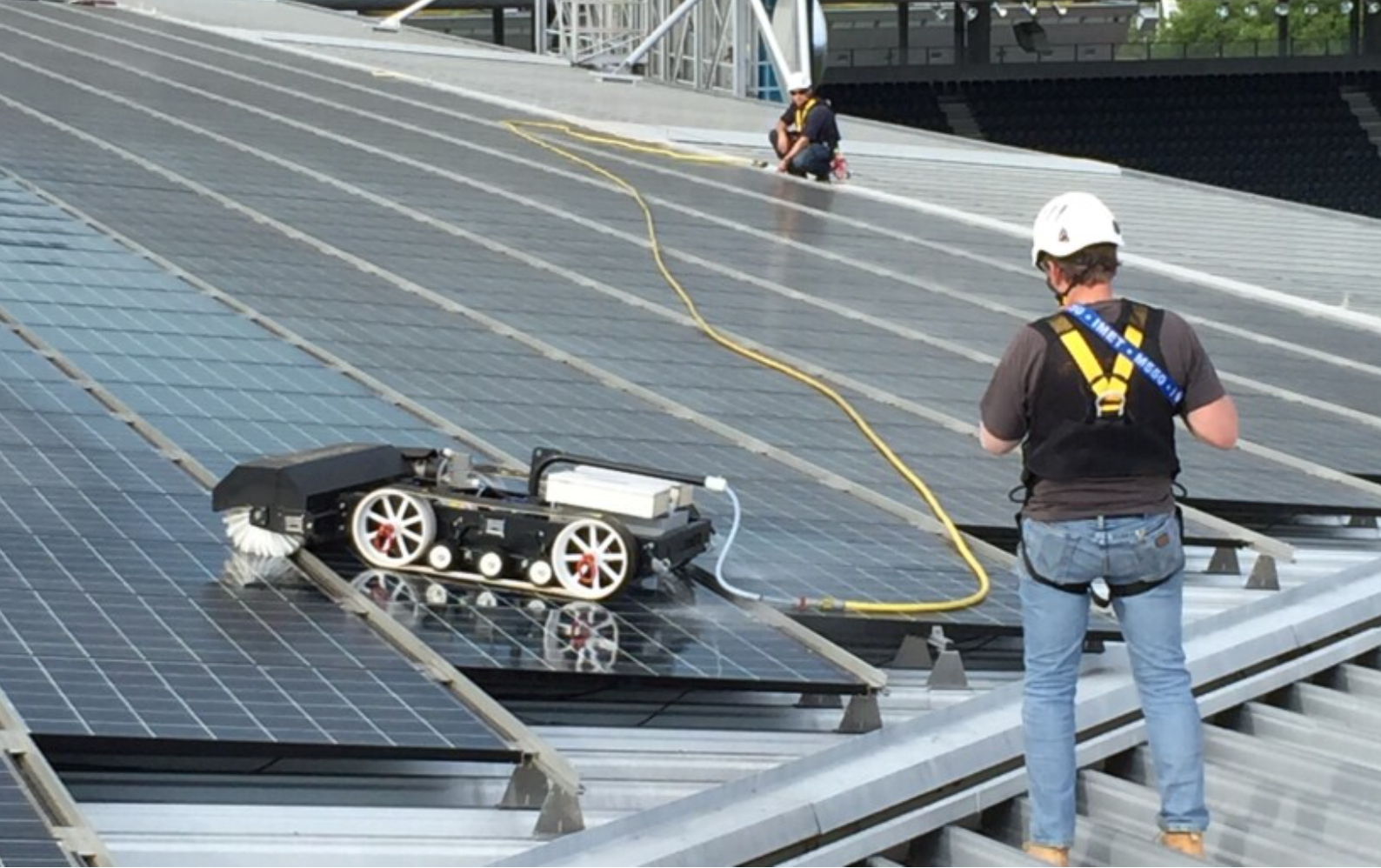
Example 2: A solar panel cleaner stands on a wet concrete rooftop, using a conductive water-fed pole without dielectric boots or gloves.
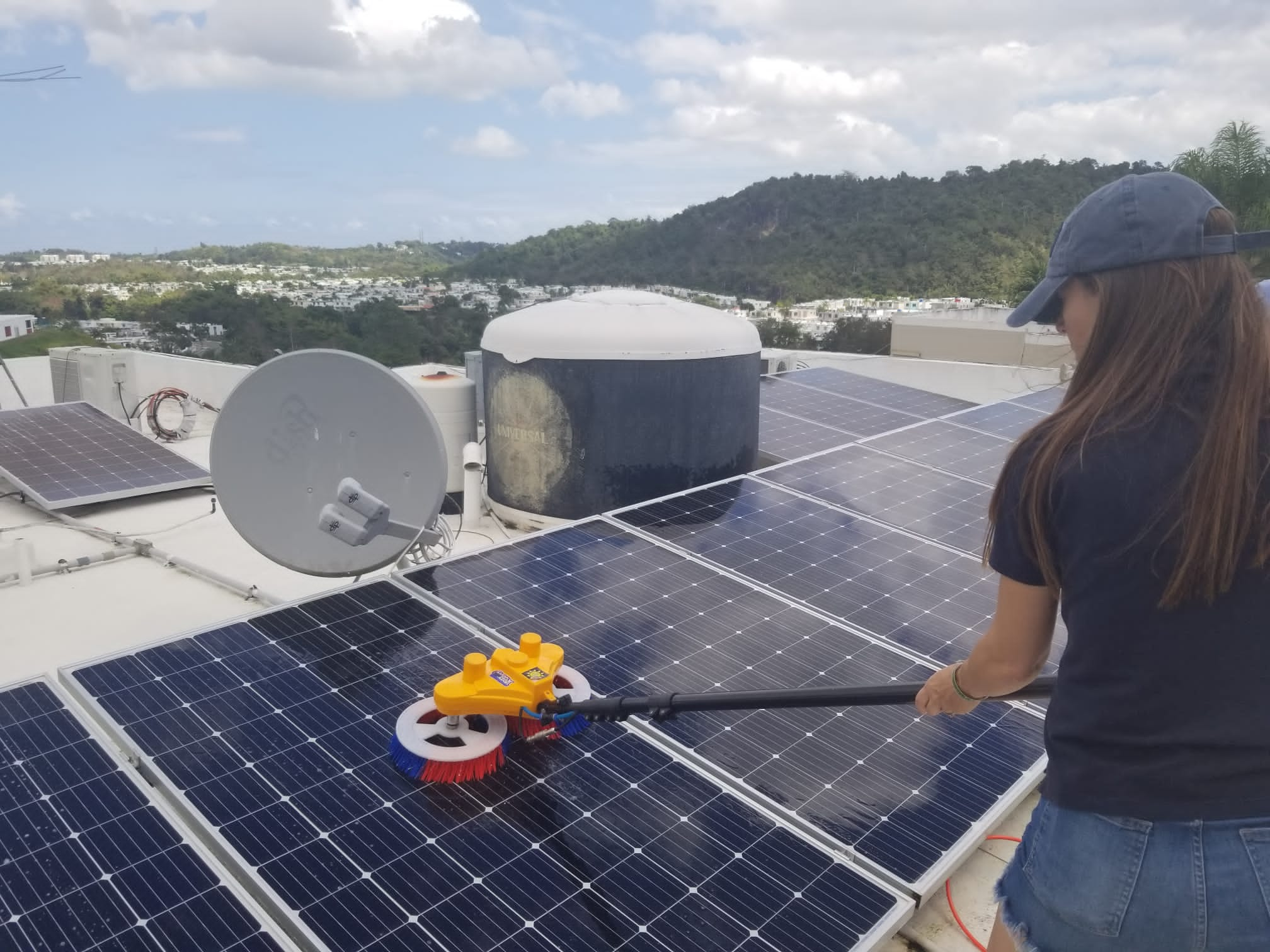
Solar panel cleaning safety
In 2024, the North American Board of Certified Energy Practitioners (NABCEP) introduced solar panel cleaning safety courses that offer credits for certifications such as:
- PV Commissioning and Maintenance
- PV Installation Professional Exam
- PV Design Specialist Exam
The new courses include:
- Solar Panel Cleaning Safety (2 credits)
- Solar Panel Cleaning Safety for Residential Installations (4 credits)
- Solar Panel Cleaning Safety for Commercial and Utility-Scale Solar Installations (9 credits)
Additionally, the Solar Energy Industries Association (SEIA) incorporated solar panel cleaning safety concepts into several committees in 2024. Organizations like the American Society for Testing and Materials (ASTM) have also developed work items to enhance safety, including:
Industry perspectives
Patrick Dennis Reeves, a certified PV electrician from New Jersey, stated in an interview that solar panel cleaning safety is a nascent but essential field. He emphasized that solar cleaning technicians should conduct thorough site inspections to identify and document potential hazards before beginning work.
Key hazards for solar panel cleaners
Non-electrical hazards:
- Accessibility issues
- Falls
- Falling objects
- Chemical hazards and toxic substances
- Ergonomic challenges
- Weather exposure
- Wildlife encounters
Electrical and Fire Hazards:
- Ground fault: Electrical currents flow through unintended paths, often due to damaged insulation or loose connections.
- Short circuit: Direct contact between conductors can lead to excessive current flow.
- Arc fault: Electrical currents jump between conductors, potentially igniting nearby materials. Causes include:
- Loose or corroded wire connections
- Overheated wires
- Damaged insulation
- Pinched wires
- Nails or staples piercing insulation
- Other risks:
- Leakage currents
- Overheating
- Equipment failure
- Fires
Improving safety for solar panel cleaning technicians
To enhance safety, solar panel cleaners should focus on:
- Education: Comprehensive training on solar panel cleaning safety.
- JHA development: Detailed job hazard analyses tailored to each site.
- Best practices: Implementation of industry standards and protocols.
- Technology adoption: Use of safer tools and advanced methodologies.
Classifying solar panel cleaning hazards
Solar panel cleaning hazards can be effectively classified by considering the following:
- General job hazards: Overarching risks associated with solar panel cleaning.
- Solar installation type and site conditions: Unique challenges based on the installation’s environment.
- Methodology and equipment: The tools and techniques used significantly influence safety.
By understanding these variables, hazards can be eliminated, substituted, or mitigated through appropriate methodologies and equipment selection.
Solar installation types and equipment
Each solar installation is unique, and recognizing typical hazards for each type is foundational for creating effective JHAs. Similarly, understanding the diversity of solar panel cleaning equipment and their associated safety protocols is critical.
Chris Vergin, president of SPCFonline.com, a solar panel cleaning equipment distributor, highlights a gap in manufacturer safety standards. He asserts, “The current selection of solar panel cleaning equipment manufacturers are not designing with cleaner safety in mind. The need for built-in safety requirements is immediate. For example, all water-fed poles should be non-conductive and tested at a certain voltage level.”
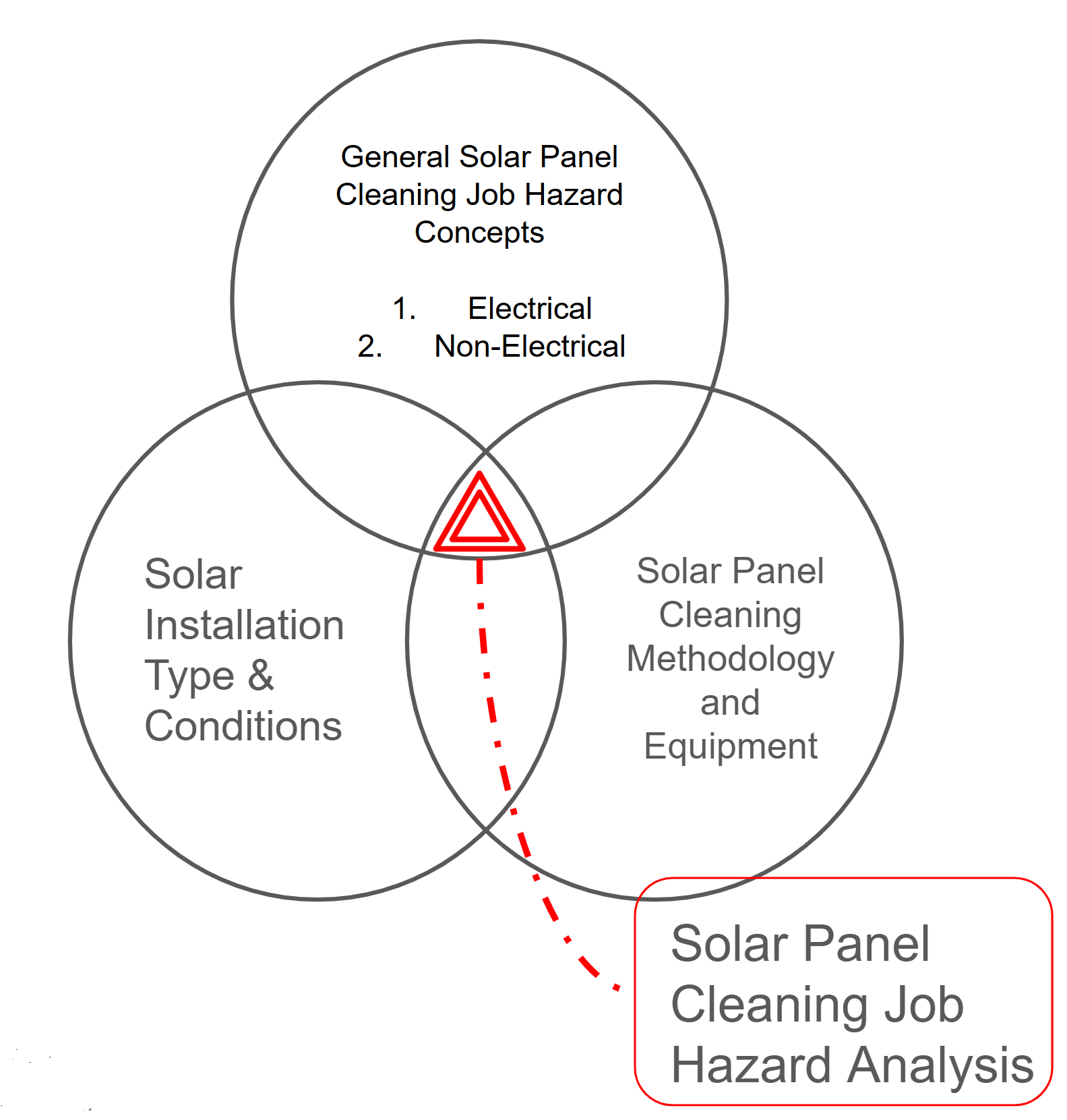
EHS practices for solar O&M technicians
Environmental, health, and safety (EHS) practices are becoming more common for solar installers but remain underdeveloped for solar operations and maintenance (O&M) technicians. Organizations like ASTM, NABCEP, and SEIA are slowly addressing this gap, paving the way for a safer industry.

Carla Dawson teaches solar panel cleaning safety, quality, and technology via Soilar.tech and she is an advisor to SEIA, NABCEP, SPCFonline.com, and ASTM. Dawson is also VP of product development at Sol Clarity. She is an Industrial and Systems Engineer with an extensive background in B2B technology product management.
What's Your Reaction?









































